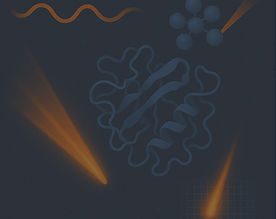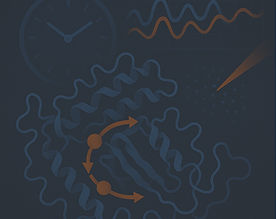top of page
Ongoing Projects
New approaches in millisecond-scale time-resolved crystallography technique for 3D structural and dynamic studies of enzymes of therapeutic interest
Linking time-resolved crystallography to dynamics and allosteric processes in proteins
Projects Completed
Development and application of time-resolved crystallography for 3D structural and dynamic studies of allosteric regulation in bacteria
Unraveling the resistance mechanism of the enzyme penicillin binding protein of Staphylococcus aureus by serial femtosecond crystallography at X-ray free electron lasers
Towards Digital Transition in Solar Chemistry (SolarChem 5.0)
bottom of page









